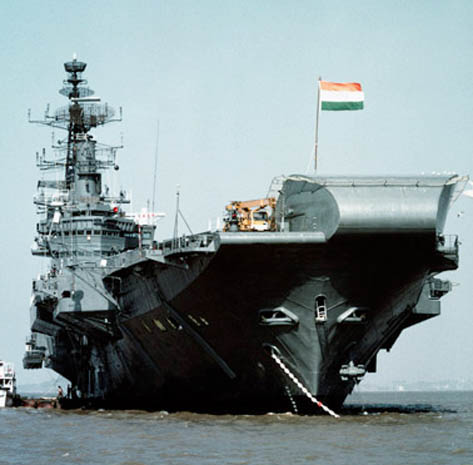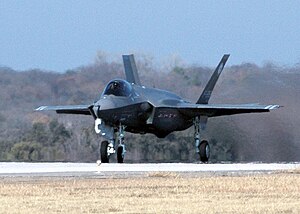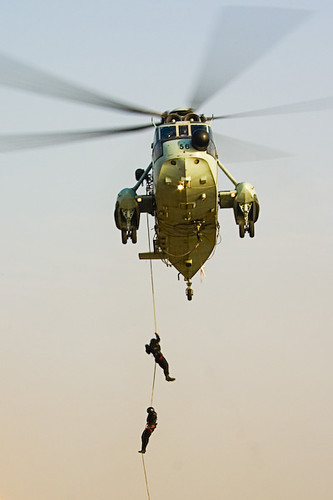 India navy displays country's rising might
(NSI News Source Info) NEW DELHI — November 13, 2008: A helicopter carrying Indian commandos swooped in low over the distressed Saudi Arabian chemical tanker, firing its machine guns and sending three speedboats filled with pirates fleeing for the lawless Somali coast.
India navy displays country's rising might
(NSI News Source Info) NEW DELHI — November 13, 2008: A helicopter carrying Indian commandos swooped in low over the distressed Saudi Arabian chemical tanker, firing its machine guns and sending three speedboats filled with pirates fleeing for the lawless Somali coast.
Twenty minutes later they rescued a nearby Indian ship, navy officials said, foiling another hijack attempt by a different band of pirates in east African waters of the Indian Ocean.
Tuesday's rescues, by forces based on an Indian warship patrolling some 1,800 miles from their home port, mark a significant step for the South Asian giant, which is determined to translate its growing economic strength into global military and political clout.
And on Wednesday, India successfully test-fired a medium-range, surface-to surface missile — called Shourya (Valor) — with a range of 375 miles. The announcement of the test followed an earlier anonymous report that the weapon tested was a nuclear-capable K-15 missile.
At the heart of this effort — which has seen the country of 1.1 billion people become a nuclear power and actively campaign for a seat on the United Nations Security Council — is a program to expand the navy from traditional coast-guard duties to one of the world's largest sea forces.
In the process, India is acquiring the biggest visible symbols of naval power — aircraft carriers — and nuclear submarines.
India plans to have three aircraft carriers at sea in the next decade — a refurbished Russian one and two made locally.
India is also leasing an advanced Russian Akula-class submarine and designing a homegrown version, the Advanced Technology Vehicle.
India's attempts to secure nuclear submarines surfaced this week after 20 people were killed in an accident on a Russian submarine undergoing sea trials Saturday in the Sea of Japan. Russian and Indian media reports said the craft was destined for India, though neither country would confirm it.
India's navy chief said last month that a Russian submarine would be used to train the crews that will, eventually, man Indian nuclear subs.
India currently operates 16 diesel-powered submarines.
In part, India's efforts are in response to moves by China. The two countries are increasingly competing for influence over vital Indian Ocean shipping lanes, and India fears China's large and increasingly sophisticated submarine fleet. The U.S. military says China already has eight nuclear submarines, three of which are believed to be able to launch nuclear weapons.
While Indian and Chinese relations are the closest in decades, the Indian military also harbors a long-standing mistrust of China dating back to a brief 1962 border war in which China routed India's forces.
The Indian navy has been slowly expanding its scope of operations, with rescue operations during the 2004 tsunami and in Lebanon during the 2006 war between Israel and Hezbollah.
They have also held joint maneuvers with other navies active in the area, particularly the United States.
But Tuesday's missions against pirates marked the first time the navy had fired shots to protect India's overseas interests.
The clash involved the Indian warship, the INS Tabar, which was dispatched to the Gulf of Aden in October after a spike in piracy and hijackings off the coast of Somalia many of them targeting ships that are Indian or had Indian crews.
Much of India's trade and the energy supplies vital to fueling India's economy flow through those waters.




































